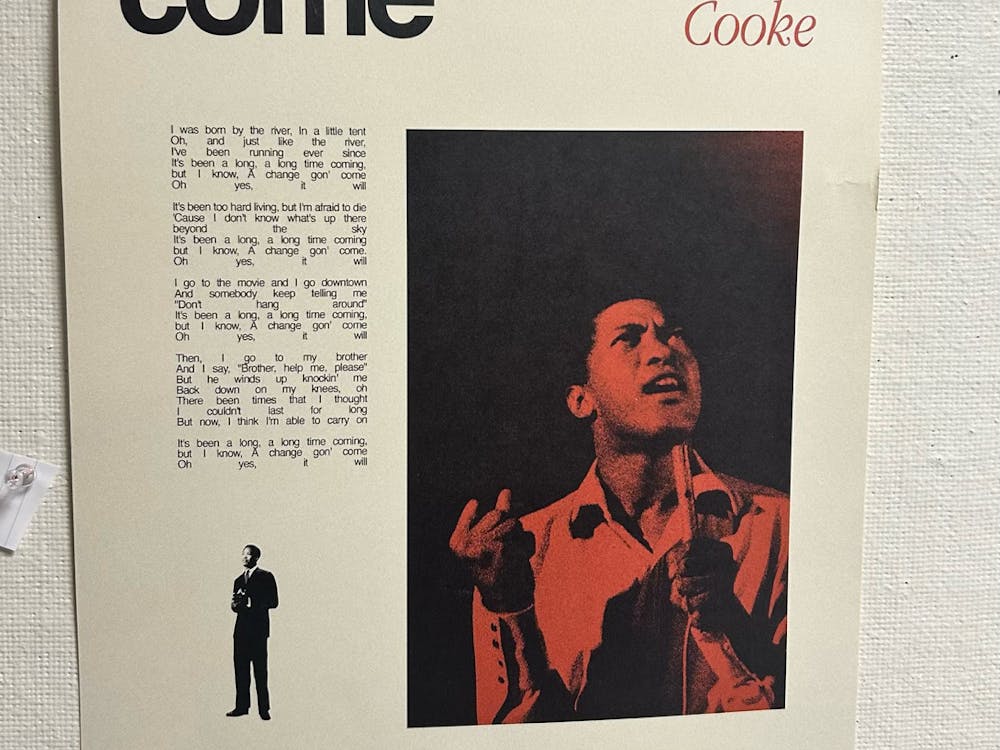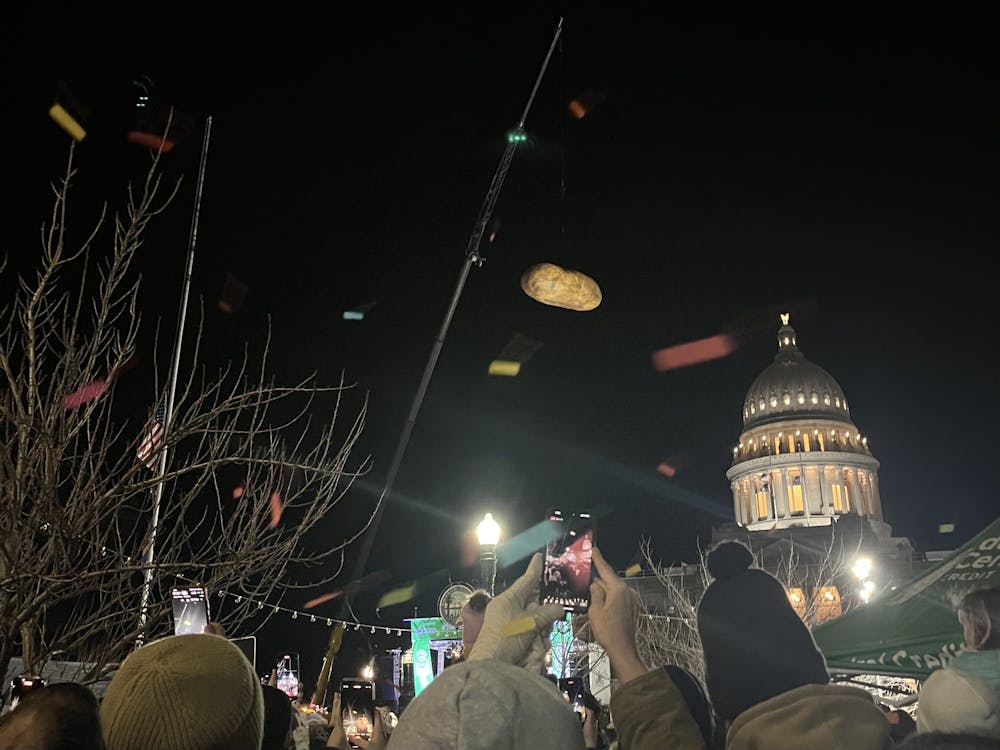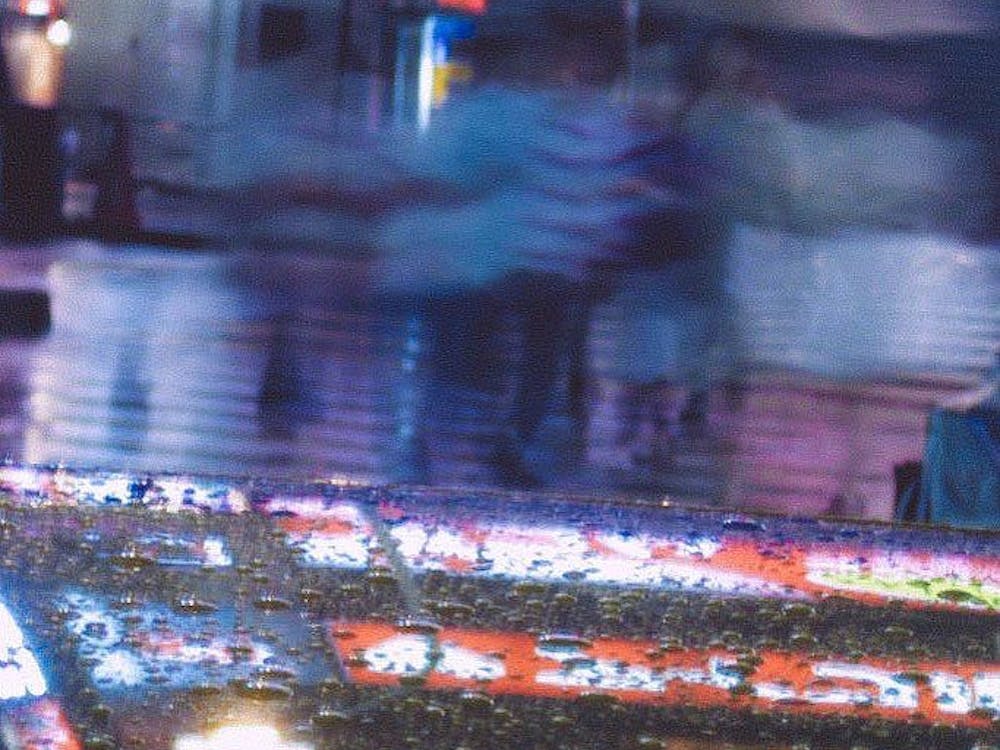I’ve always loved nonsense. Nonsense words. Nonsense phrases and rhymes. Nonsensical conversations. So fittingly, my favorite poem as a child was Jabberwocky by Lewis Carroll. I always loved how the words meant nothing but I still knew what they were saying. In Jabberwocky, sound plays the starring role. We can’t imagine the “slithy toves” without it. I’ve always pictured the setting as a slimy, murky bog with a monster hidden in the mist, waiting to pounce on a passing traveler.
I like nonsense I can understand best of all. In high school, my English teacher used to say that no word is free from association. Every word has a checkered past, a complex set of connotations. By tapping into the connotations, we make a second meaning that lingers under our intended one. Skilled writers manipulate this second meaning for their desired effect.
My favorite poem nowadays is Little Sleep's-head Sprouting Hair in the Moonlight by Galway Kinnell. Most of the lines in this poem have a clear meaning, but sometimes you get lines like, “I would brush your sprouting hair of the dying light,” “the pre-trembling of a house that falls” and “a tiny kite / wobbling far up in the twilight of his last look.” These are some of my favorite lines in the poem because they are the most ambiguous, so they lend themselves to personal interpretation. The last line of this poem, “the wages / of dying is love,” is one I keep coming back to. I think of words and phrases without clear meanings as puzzles or prisms. We can try to figure them out or reinterpret them every few years to find a new meaning in their refraction.
When I first heard Cosmo Sheldrake’s album The Much Much How How and I, it took me immediately to the slithy toves of Jabberwocky. While written authors have just a few dimensions to work with, musicians craft soundscapes with instruments, rhythm, harmonies and lyrics. As someone who has always loved ambiguity, I adore his work. In one of his most popular songs, “Come Along,” he actually references Jabberwocky. The lines in question are: “March with me and the borogoves / Come with me and the slithy toves / And never ask us why.” When I first listened to the song, it felt a bit like I had found the world of the poem again in a different medium.
Hearing Sheldrake’s music feels like listening to a fairy tale or a nursery rhyme, both of which are full of nonsense, cryptic motivations and unexpected outcomes. There are always ridiculous rules and conditions and curses and characters that need to be taken a peg or two down. My mother bought me Grimm’s Fairy Tales when I turned 12 and I’ve been fascinated by all kinds of legends and myths ever since.
Sheldrake taps into that same atmosphere for me. One of my favorite songs in the album, “Run Rings Right Wrongs,” has a list of sundry items straight out of a story book, for example: “frog spawn,” “clog sink,” “three bags full four” and “sacks of wine.” Another song, “Mind of Rocks (ft. Bunty),” channels some of the deliciously dark fairy tale energy that has always fascinated me. When the line “Let’s cross over” plays, it makes me feel like I’m stepping into a fairy circle or crossing a sacred river. It's a song that takes me into the night.
The theme of The Much Much How How and I is our relationship with the environment. The album was released in 2018, but in a year ravaged by wildfires in Australia, California and Colorado and general climate devastation, the album couldn’t feel more pertinent. Most of the songs on the album have ambient sounds of bird calls, water and other animals. For example, the beat of “Pliocene” was made with the sounds of endangered fish that the American military recorded during the Cold War. The main melody is the sound of a raven that ecologist Bernie Krause recorded at Algonquin Provincial Park.
The Much Much How How and I brings back a lot of my childhood memories of being in nature. It makes me wish I could be connected to nature in the same way I used to be. So many myths and fairy tales are also tied to nature. So much of our history is buried there. And we are losing it every day.
One of my favorite songs on the album, “Hocking,” expresses something of this sentiment. “Bring back hedgerows / lost in echoes / found in shadows / gone like sparrows / Where do woods go? / What do birds know? / Why the elbow?” What I also adore about this song is how jazzy it is and how all the instrumentals burst into chaos at the end. The main melodic motif always makes me feel like dancing.
In an interview with Trial and Error Collective, Sheldrake said he intended this album to engage listeners positively with the environment. As a result, most of the songs exude a kind of exuberant or playful energy. I think listening to this album always renews my appreciation for the intricate macrocosms and microcosms of ecosystems around the world.
Ever since I first heard it, The Much Much How How and I has been one of my favorite albums. Hearing it fills me with an intense joy and nostalgia. It brings me to a more relaxed state of mind. I often hear sounds in his music that make me smile or laugh from the image they create. And Sheldrake’s inventive experimentation with different soundscapes inspires me to try to change up the sound and flow of my creative writing as well.
I hope listening to it might take you to new places.





